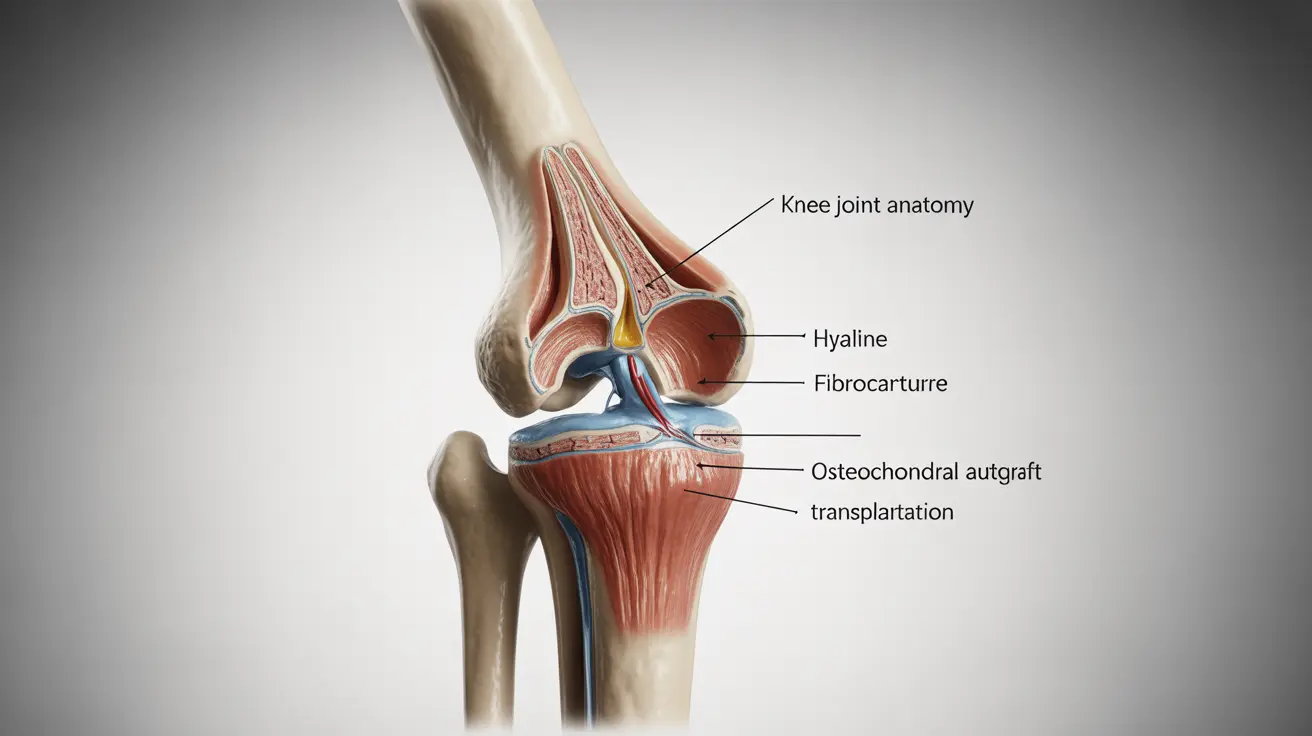What is Angina?
Angina pectoris, commonly known as angina, is a medical term for chest pain or discomfort caused by reduced blood flow to the heart muscle. It's a symptom of coronary artery disease, the most common type of heart disease. Angina is often described as pressure, heaviness, or a squeezing sensation in the chest.
There are two primary types of angina:
- Stable Angina: Occurs predictably with exertion and typically resolves with rest or nitroglycerin.
- Unstable Angina: Less predictable and more severe; can occur at rest and is a warning sign of an imminent heart attack.
Angina is prevalent, affecting millions worldwide, and serves as a critical indicator of potential heart complications. Risk factors include:
- Age: Increased risk for men over 45 and women over 55.
- Tobacco Use: Smoking and long-term exposure to secondhand smoke.
- Diabetes: Especially if blood sugar levels are poorly controlled.
- High Blood Pressure: Strains the heart, leading to heart disease.
- High Cholesterol Levels: Can lead to plaque buildup in arteries.
- Family History: Increased risk if a close relative has heart disease.
- Lack of Exercise: Contributes to other risk factors like obesity.
Understanding angina's nature and its risk factors is essential for prevention and management of heart disease.
Symptoms of Angina
Angina is characterized by a range of symptoms that signal the heart's distress due to insufficient oxygen:
- Chest Pain: Often central or left-sided, described as pressure, tightness, or squeezing.
- Discomfort in Other Areas: Pain may radiate to arms, neck, jaw, shoulder, or back.
The nature of angina symptoms can vary depending on its type:
Stable Angina:
- Predictable pattern of chest discomfort.
- Triggered by physical exertion or stress.
- Relieved by rest or angina medication.
Unstable Angina:
- Occurs unexpectedly, often at rest or with minimal exertion.
- Lasts longer and is more severe.
- May not be relieved by rest or medication.
Warning signs of an angina attack that should not be ignored include:
- Sudden and Intense Chest Pain: Especially if accompanied by shortness of breath.
- Prolonged Discomfort: Lasting more than a few minutes.
- Symptoms of a Heart Attack: Such as nausea, sweating, or lightheadedness.
Recognizing these symptoms is critical, as unstable angina requires immediate medical attention and can be a precursor to a heart attack. Understanding and responding to angina symptoms can be life-saving.
Causes and Risk Factors
Angina is primarily caused by reduced blood flow to the heart muscle due to coronary artery disease (CAD), where arteries are narrowed or blocked by cholesterol deposits known as plaques. Key factors contributing to the development of angina include:
- Atherosclerosis: The build-up of plaques in the coronary arteries.
- Coronary Microvascular Disease: Affects the heart's smallest coronary artery blood vessels.
- Blood Clots: Can suddenly obstruct blood flow, leading to angina or heart attacks.
Lifestyle choices and genetic predispositions play significant roles in the risk of developing angina:
- Unhealthy Diet: High in saturated fats, trans fats, salt, and sugar.
- Physical Inactivity: Contributes to obesity and high blood pressure.
- Tobacco Use: Smoking damages blood vessels and can cause atherosclerosis.
- Excessive Alcohol Consumption: Can lead to high blood pressure and heart failure.
- Stress: May indirectly contribute to heart disease risk.
Genetic factors include:
- Family History: A family history of heart disease increases risk.
- Genetic Mutations: Certain genes can predispose individuals to high cholesterol and high blood pressure.
Angina is also interconnected with other cardiovascular diseases:
Hypertension: High blood pressure can accelerate artery damage.
Heart Failure: Angina can be a symptom of worsening heart failure.
Arrhythmias: Irregular heartbeats can exacerbate angina symptoms.
Understanding these causes and risk factors is essential for prevention and management of angina and related cardiovascular conditions.
Diagnosing Angina
Diagnosing angina is a critical step in preventing more serious heart conditions and begins with a thorough medical evaluation:
- Medical History: A detailed account of symptoms, family history of heart disease, and personal lifestyle factors.
- Physical Examination: Checking for signs of heart disease, such as abnormal heart sounds, pulse rate, and blood pressure.
The patient's description of symptoms plays a pivotal role in diagnosing angina:
- Symptom Patterns: The frequency, duration, and triggers of chest pain are key indicators.
- Quality of Pain: Describing the pain as pressure, tightness, or a burning sensation can distinguish angina from other types of chest pain.
- Associated Symptoms: Reporting related symptoms like shortness of breath, nausea, or fatigue is crucial.
Healthcare providers may also rely on the patient's response to medications during an angina episode to aid in diagnosis. If nitroglycerin relieves the pain, it's more likely to be angina.
Accurate symptom reporting by the patient, combined with a clinician's assessment, sets the stage for further diagnostic tests such as electrocardiograms, stress tests, and imaging to confirm the presence of angina and to assess the severity of the underlying heart disease.
Laboratory Tests Used in Diagnosis
Laboratory and diagnostic tests are crucial for confirming angina and assessing the extent of coronary artery disease:
Electrocardiogram (ECG or EKG):
- Records the heart's electrical activity.
- Detects patterns suggesting reduced blood flow.
Blood Tests for Cardiac Enzymes:
- Measure levels of substances like troponin that are released when the heart muscle is damaged.
- Elevated levels can indicate a recent heart attack.
Stress Tests:
- Evaluate heart function during physical exertion or pharmacological stress.
- Can be combined with imaging (nuclear stress test, stress echocardiogram) to visualize blood flow to the heart.
Imaging Tests:
- Echocardiogram: Uses ultrasound to create images of the heart, showing areas with poor blood flow or damage.
- CT Angiography: Provides detailed images of the heart's blood vessels, identifying blockages and narrowing.
These tests help differentiate angina from other conditions with similar symptoms and guide treatment decisions. An accurate diagnosis is essential for effective management of angina and preventing more serious cardiac events.
Treatment Options
Treatment for angina aims to alleviate symptoms, manage underlying conditions, and reduce the risk of heart attacks:
Medications:
- Nitrates (like nitroglycerin): Relieve chest pain by widening blood vessels.
- Statins: Lower cholesterol to prevent plaque build-up in arteries.
- Beta-blockers: Reduce heart workload and control blood pressure.
- Calcium channel blockers: Relax and widen arteries, improving blood flow.
- Aspirin: Thins the blood, preventing clots that cause heart attacks.
Surgical Interventions:
- Angioplasty and Stent Placement: A catheter with a balloon is used to open narrowed arteries, often with a stent to keep them open.
- Coronary Artery Bypass Surgery (CABG): Creates new paths around blocked arteries to improve blood flow to the heart muscle.
Lifestyle Changes and Management:
- Diet: Adopt a heart-healthy diet low in saturated fats and high in fruits, vegetables, and whole grains.
- Exercise: Regular, moderate physical activity as recommended by a healthcare provider.
- Smoking Cessation: Eliminate tobacco use.
- Stress Reduction: Techniques like meditation, deep breathing, or yoga can help manage stress.
These treatments, often used in combination, can significantly improve symptoms and quality of life for those with angina. Regular follow-up with a healthcare provider is essential to monitor the condition and adjust treatments as needed.
Living with Angina
Living with angina requires adopting strategies to manage the condition effectively and maintain a good quality of life:
Long-term Management Strategies:
- Medication Adherence: Consistently taking prescribed medications to manage symptoms and prevent complications.
- Monitoring: Keeping track of angina episodes and understanding triggers to avoid them.
- Regular Check-ups: Visiting healthcare providers for ongoing assessment and management.
Importance of Cardiac Rehabilitation:
- Structured Exercise: Tailored programs improve cardiovascular fitness without overexerting the heart.
- Education: Learning about heart disease, diet, and lifestyle to make informed health decisions.
- Counseling: Support for emotional aspects and stress management techniques.
Coping with Symptoms and Reducing Risk of Heart Disease:
- Lifestyle Modifications: Implementing heart-healthy habits such as quitting smoking, eating a balanced diet, and staying active.
- Symptom Management: Recognizing early signs of angina and knowing how to respond, including when to use nitroglycerin.
- Risk Reduction: Addressing factors like high blood pressure, high cholesterol, and diabetes to minimize the risk of heart attacks.
Living with angina involves a comprehensive approach that includes medical treatment, lifestyle changes, and psychological support, all of which contribute to better health outcomes and a more active life.
Medical evaluation and advocating for heart health education are pivotal steps in managing angina and preventing potential cardiac events:
Seek Medical Advice for Chest Pain:
- Immediate Action: Any new, unexplained, or persistent chest pain should be evaluated by a healthcare professional immediately.
- Diagnostic Tests: Laboratory tests, including ECGs and blood enzyme measurements, are essential for a proper diagnosis.
- Understanding Symptoms: Educating oneself on the symptoms of angina ensures timely recognition and response.




